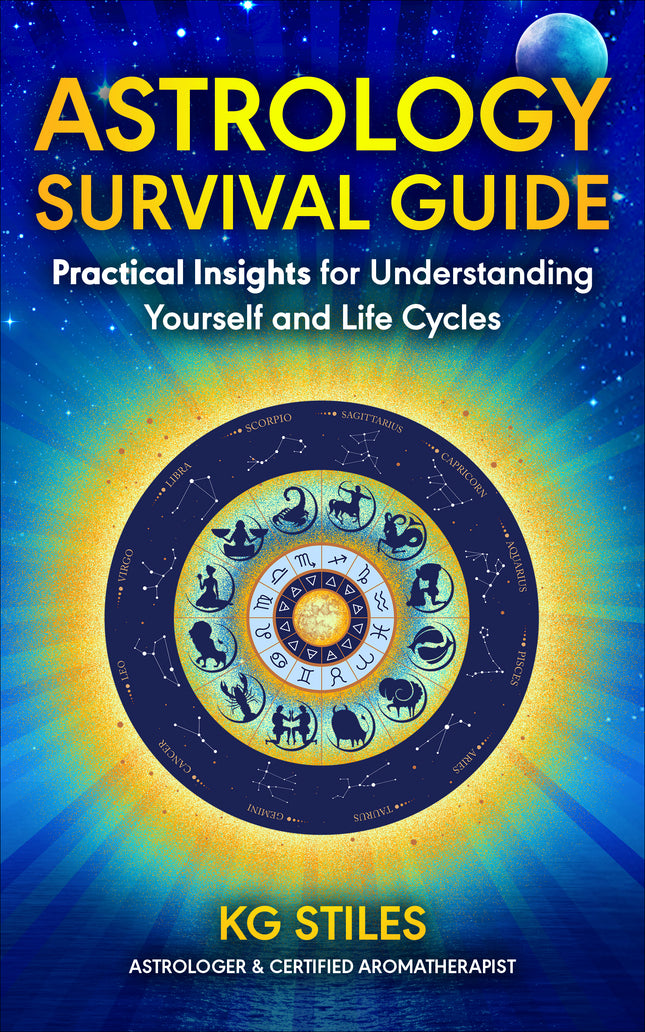 Headache is the most common form of physical pain.
Headache is the most common form of physical pain.
Up to 70% of the world’s adult population will experience some kind of a headache this year.
Symptoms of a headache may include pain in the head and neck regions, loss of appetite, poor sleep, light headedness and dizziness.
Commonly the method of treatment used most often for headache is pain medication which can have unwanted side effects.
What Causes a Headache?
Headaches may be caused by many different conditions such as:
- Anxiety
- Stress related to work, school, home life and relationships with friends and family
- Dehydration
- Toxicity in the body
- Cold and flu
- Head injury
- Poor posture
- Structural deviations of the neck
- Dental and sinus issues
- Sleep deprivation
- Hunger
- Indigestion
- Food allergies and intolerances
- Medications, among others
3 Types of Headache
There are three main types of headache:
- Tension
- Migraine
- Cluster
Tension Headache
Experienced as a dull achy painful sensation with tightness, or pressure around the forehead or back of the head and neck. Tension headaches have been described as a “vise-like” squeezing sensation.
Tension headaches, also referred to as stress headaches, are the most common type of headache worldwide. Interestingly, women are twice as likely to suffer from tension headaches than men.
Migraine
About 15% of the world’s population experiences a migraine. A migraine is a recurring type of primary headache that affects half of the head with throbbing pain that lasts for up to 72 hours.
Symptoms are mild to intense and include:
- Nausea
- Vomiting
- Muscle weakness
- Blurred vision
- Stomach pain
- Sensitivity to movement, light, heat, sound and smell.
Most people report having an aura before a migraine episode which is a visual cue that signals a migraine is about to occur.
Thought to be caused by a combination of both genetic and environmental influences migraines, unlike tension and cluster headaches, may be inherited through one’s family of origin. Changing hormone levels may also play a role as the fluctuation increases pressure on the blood vessels and nerves of the brain which results in a migraine.
Cluster Headache
Cluster headaches occur in cyclical patterns or clusters. Often referred to as “suicide headaches” cluster headaches are one of the most painful types of headache.
Commonly cluster headaches awaken you in the middle of the night with intense pain in or around one eye and on one side of your head. Cluster headaches recur with some regularity and symptoms are described as intense and severe, lasting from 15 minutes to 3 hours and occasionally up to an entire year.
Fortunately cluster headaches are rare effecting less than .1% of the world’s population.
Best Essential Oils for Headache & When to Use Them
- Use essential oils that contains a combination of powerful analgesic pain relievers, vasoconstrictors and decongestants properties which promote circulation and help shrink swollen membranes.
- For best results use your essential oil, or blend of oils immediately at the first sign of a headache.
- If possible, allow yourself time to put your feet-up, rest and relax.
Headache may be a sign of simple dehydration, so be sure to drink plenty of pure fresh water daily. The guideline for sufficient water intake is generally half your body weight in pounds to ounces daily, i.e. 120 pounds would be 60 ounces of water daily.





Leave a comment